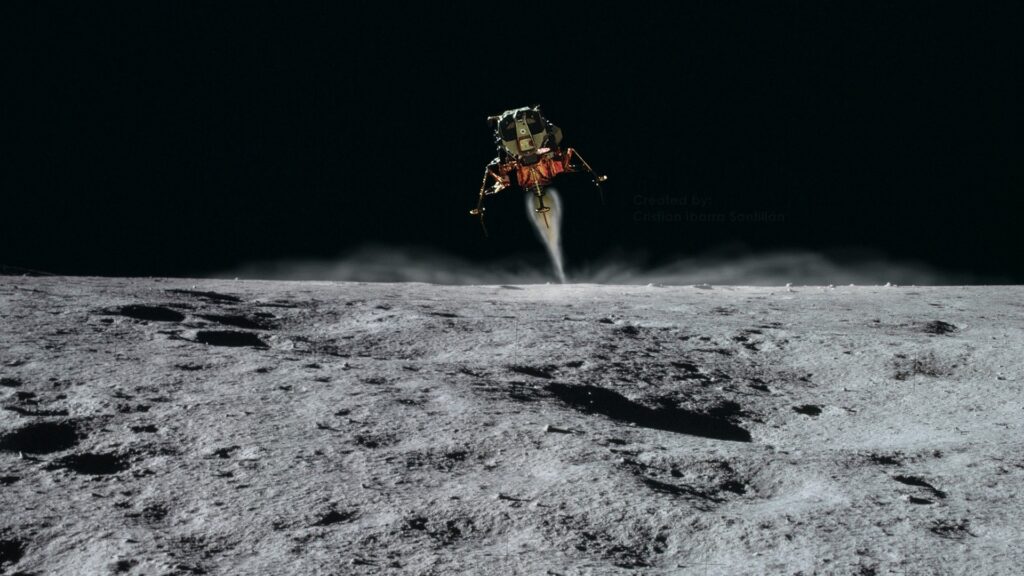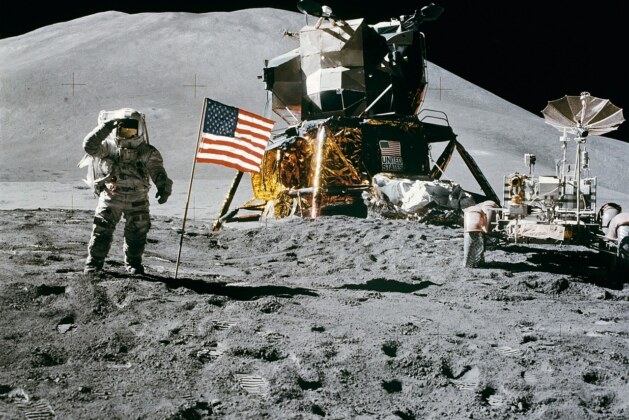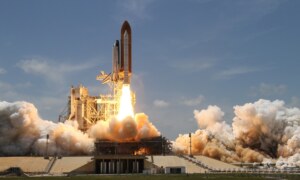Chandrayaan-3 is a follow-on mission to Chandrayaan-2 to demonstrate its end-to-end capability in roping as well as safe landing on the lunar surface.
BENGALURU: The Indian Space Research Organization on Wednesday completed work on attaching an encapsulated assembly of the Chandrayaan-3 Mission spacecraft to its new heavy lift launch vehicle LVM3 at the Satish Dhawan Space Center in Sriharikota.
Table of Contents
Why Chandrayaan-3?
Chandrayaan-3 is a follow-on mission to Chandrayaan-2 to demonstrate its end-to-end capability in roping as well as safe landing on the lunar surface.
But the Bengaluru-headquartered National Space Agency tweeted that “On 5-07-2023, the work of attaching the Encapsulated Assembly (LVM3) to Chandrayaan-3 was completed at the Satish Dhawan Space Centre, Sriharikota”.
When will the Chandrayaan-3 mission be launched ?
Chandrayaan-3 mission between July 13-19
“ISRO is aiming to launch it on July 13,” said an official working in ISRO.

Is Chandrayaan-3 mission suitable for lunar climate?
Near the Chandrayaan-3 mission landing site
- lunar regolith,
- lunar earthquake,
- Thermophysical-like properties of the lunar surface plasma environment and elemental composition
Chandrayaan-3 mission has scientific instruments to study the above.
Will the range of these scientific instruments on the lander and rover be sufficient ?
This range of scientific instruments fits the theme of “Science of the Moon’‘.
Another experimental tool is Friends! This is an experimental instrument for studying spectro-polarimetric signatures of Earth from lunar orbit. do you know It fits in lunar orbit.
What is the mission theme of Chandrayaan-3 ?
According to ISRO officials, however, ‘Science from the Moon‘ is the theme of the Chandrayaan-3 mission.
We all know that in March this year, the Chandrayaan-3 spacecraft will encounter during its launch
- A harsh vibration
- Ability to withstand sound environments
It has successfully completed the required verification tests.
What was the earlier name of Launch Vehicle Mark-III ?
Launch Vehicle Mark-III Formerly Named : GSLV Mk III
Chandrayaan-3 spacecraft to be launched by LVM3 consists of 3 modules. They are:
- propulsion,
- lander,
- Rover.
What do we have to study spectral and polarimetric measurements of Earth from lunar orbit?
to study :
- Spectro-Polarimetry of Habitable Planet Earth (SHAP) Propulsion Module Carrying Payload
- Up to 100 km in lunar orbit
Carries a lander and rover configuration.
What is the work done by the lander payloads ?
Lander Payloads :
Experiment to measure thermal conductivity and temperature : ‘Moon Surface Thermophysical Experiment’.
Experiment to measure seismicity around the landing site : ‘Instrument for Lunar Seismic Activity’.
A ‘Longmuir probe’ plasma is an experiment to measure density and its variations.
What is the accommodation of the US Space Agency ?
- Mainly from the National Aeronautics and Space Administration (NASA), the US space agency
- A passive laser retro-reflector array. It is accommodated for lunar laser range studies.
Why rover payloads ?
What rover payloads are for :
- Alpha Particle X-ray Spectrometer’
- ‘Laser Induced Breakdown Spectroscopy’
The most important thing near the landing site is to get the elemental composition.
Is the lander capable of soft landing ?
Yes, according to ISRO officials, but the lander
It is said to be capable of soft landing at a designated lunar location.
Apart from that the rover can also be deployed very easily.
It will perform well in-situ chemical analysis of the lunar surface during its movement.
What is the main function of propulsion module ?
Its main function is to :
Carefully carrying the lander module from launch vehicle injection to the final lunar 100 km circular polar orbit
It can be said that distinguishing it is the main function of the propulsion module.
do you know Apart from this, the propulsion module also carries a scientific payload to add value.
And its function is that it is detected after separation of the lander module.



Good article